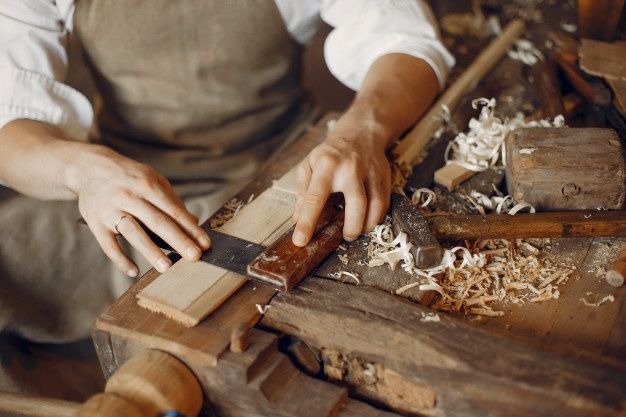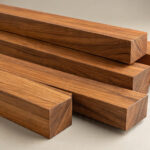What Do Buyers Look for When Purchasing Timber?

When purchasing timber, buyers consider several key factors to ensure they get high-quality wood suitable for their specific needs. Whether for furniture, construction, or decorative purposes, selecting the right timber involves careful evaluation. Here are some essential aspects buyers check before making a purchase:

1. Wood Type and Species
Different types of wood serve different purposes. Buyers choose between hardwoods like teak, oak, and mahogany for durability and softwoods like pine and beech wood for cost-effective applications. The choice depends on factors such as the purpose of use, strength, longevity, and aesthetics.
2. Timber Quality and Grade
Timber is graded based on its appearance, strength, and defects. High-grade wood is generally free from major defects, ensuring better durability and finish.
3. Moisture Content
Properly seasoned timber has controlled moisture content, reducing the risk of shrinkage, warping, or cracking. Reputed timber traders in India use moisture meters to check if the wood is adequately dried for their intended use.
4. Durability and Resistance
For outdoor and high-exposure applications, buyers prefer durable and pest-resistant woods like teak and IPE. Some species naturally resist termites and rot, making them ideal for long-term use.

5. Timber Dimensions and Cut Sizes
Buyers check whether the timber comes in required dimensions and cut sizes. Precise measurements reduce wastage and ensure proper fit for specific projects.
6. Finish and Workability
The ease of cutting, shaping, and finishing timber matters for carpenters and furniture makers. Well-seasoned and smooth wood enhances the overall aesthetic and functionality of the final product.
7. Price and Market Availability
Timber prices fluctuate based on quality, availability, and demand. Buyers compare prices, ensuring they get the best value without compromising on quality.
8. Source and Reputation of Supplier
A reputable timber supplier provides transparency about the wood’s origin, quality, and treatment process. Buyers prefer suppliers with a proven track record of delivering premium-grade timber.
Conclusion
Buying timber requires careful assessment of quality, durability, and suitability for the intended use. By considering factors like wood species, moisture content, sustainability, and supplier credibility, buyers can make informed decisions and invest in the best timber for their projects.
Related Post
 Wood Flooring Maintenance 101: Seasonal Care Guide for Indian Homes
Wood Flooring Maintenance 101: Seasonal Care Guide for Indian Homes 5 Common Mistakes People Make When Buying Wooden Doors (And How to Avoid Them)
5 Common Mistakes People Make When Buying Wooden Doors (And How to Avoid Them) Teak Wood Main Door Price in Bangalore: Complete 2025 Price Guide
Teak Wood Main Door Price in Bangalore: Complete 2025 Price Guide Best Wood for Furniture in India: The Complete Comparison Guide
Best Wood for Furniture in India: The Complete Comparison Guide Teak Wood Price in Bangalore – Latest Rates & Quality Options
Teak Wood Price in Bangalore – Latest Rates & Quality Options What is the Difference Between Sawnwood and Thermowood?
What is the Difference Between Sawnwood and Thermowood? Best Wood For Furniture: 12 Expert Picks You Should Know
Best Wood For Furniture: 12 Expert Picks You Should Know What is the Difference Between Teak and Burma Teak Wood?
What is the Difference Between Teak and Burma Teak Wood? What is Air Drying in Timber?
What is Air Drying in Timber? Why Burma Teak is the King of Wooden Flooring Materials
Why Burma Teak is the King of Wooden Flooring Materials How to blend traditional woodwork with modern interiors
How to blend traditional woodwork with modern interiors The Bee Hole Phenomenon in Burma Teak: A Unique Feature
The Bee Hole Phenomenon in Burma Teak: A Unique Feature Not All Timber Can Be Used for All Purposes
Not All Timber Can Be Used for All Purposes


